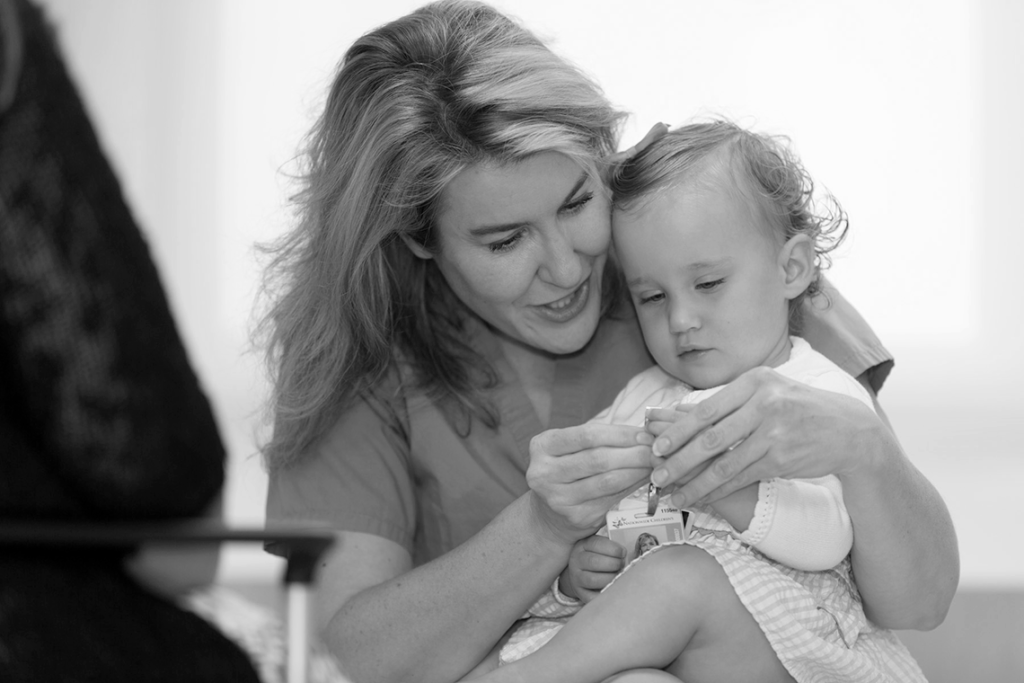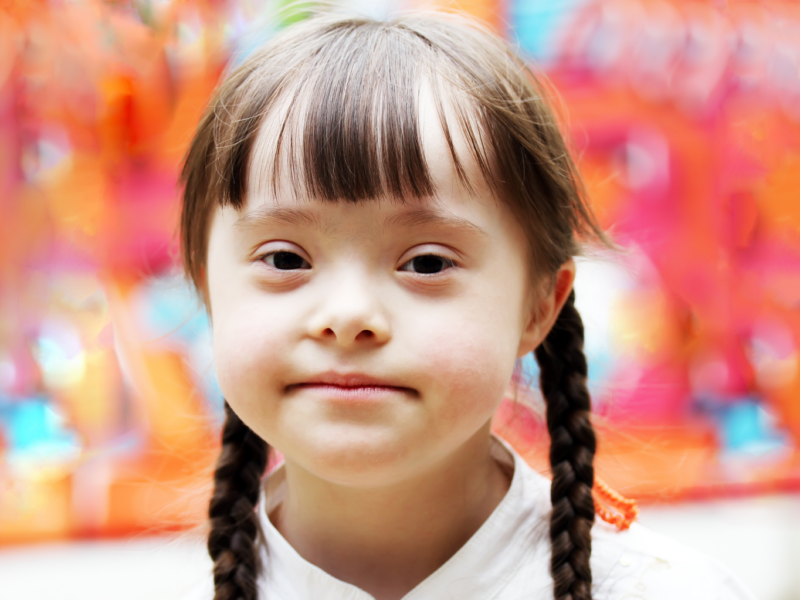How a Network of Hospitals Reduced Average Age at Cerebral Palsy Diagnosis to 9.5 Months
How a Network of Hospitals Reduced Average Age at Cerebral Palsy Diagnosis to 9.5 Months https://pediatricsnationwide.org/wp-content/uploads/2017/09/062717BS0166G_BW-maitre3-for-web-1024x683.gif 1024 683 Katie Brind'Amour, PhD, MS, CHES Katie Brind'Amour, PhD, MS, CHES https://pediatricsnationwide.org/wp-content/uploads/2021/03/Katie-B-portrait.gif- May 26, 2020
- Katie Brind'Amour, PhD, MS, CHES

In just one year, hospital teams working as part of a network to implement international cerebral palsy diagnosis guidelines successfully reduced average age at diagnosis from 19.5 months to 9.5 months.
More than 50% of all eventual cerebral palsy (CP) cases spend time in the Neonatal Intensive Care Unit, making early CP evaluation a crucial element of any hospital’s high-risk follow-up program. The earlier children are diagnosed, the better their chances of early access to evidence-based interventions targeted specifically for CP. Unfortunately, U.S. hospitals average an age of about 2 years at diagnosis, compared to the target of 12 months of age or younger.
Now, five hospital systems in the United States have become the first in the world to successfully implement, in clinical practice, international CP diagnosis guidelines that were released in 2017. Their efforts, which resulted in an average decrease of 10 months in time-to-diagnosis, demonstrate the practicality and effectiveness of the guidelines for improving age at diagnosis — a key requirement for early interventions, which can improve CP-related developmental outcomes substantially.
The endeavor was proposed and funded by the Cerebral Palsy Foundation. The lead institution — Nationwide Children’s Hospital, which had participated in the development of the international guidelines and was the first hospital to implement the guidelines clinically — trained and collaborated with experts at four other institutions eager to reduce age at CP diagnosis (UCLA Mattel Children’s Hospital, Los Angeles; the University of Texas Health Science Center at Houston; University of Utah Health, Salt Lake City; and Kennedy Krieger Institute, Baltimore).
“Working as a network made this effort much more impactful,” says Nathalie Maitre, MD, PhD, director of the NICU Follow-Up Program at Nationwide Children’s and principal investigator on the network project. “Everyone has been transparent, communicative and respectful, allowing us all to learn from each other and see how others navigate guideline implementation with their unique cultures and resources.”
Each member institution’s high-risk infant follow-up program started by analyzing their strengths, weakness, opportunities and threats, as well as their suppliers, inputs, process, outputs and customers, to identify key elements for change. Throughout the effort, they participated in continual process improvement assessments and monthly network-wide discussions.
After 9 months of guideline implementation work, the group achieved an average diagnosis age of 9.5 months — a 10-month improvement over baseline.
“In a research network, you tell people what to do, how to do it and why they’re doing it,” says Dr. Maitre, lead author on the network’s recent Pediatrics publication. “In implementation science, you just give people some of the tools for how to succeed and then stand back. They have to believe in the ‘why,’ and they have to decide what exactly to do to make it work for them. This team rose to the challenge in exceptional ways.”
The guidelines involve neonatologists, developmental pediatricians, therapists and other developmental specialists, but they also rely heavily on neurologists, who Dr. Maitre says, were instrumental in successfully implementing and evaluating the assessments and neuroimaging for early diagnosis. All institutions required significant training to implement the guideline-based neuroimaging and neurologic screenings, which were combined with motor function assessments, biomarkers and clinical history to determine a diagnosis.
The network has grown since its initial implementation period. Now Dr. Maitre and Rachel Byrne, executive director of the Cerebral Palsy Foundation, are developing systematic engagement and education efforts for primary care providers and hospitals in underserved communities. Dr. Maitre is also actively involved in delivering a telehealth version of the guideline implementation program to help families stay connected to care during COVID-19.
Dr. Maitre believes that network-based propagation and widespread implementation of the guidelines is the first step toward globalized clinical detection of CP during infancy — with the follow-up goal that ever-improving early intervention efforts will then become the new standard of CP care.
Providers who are interested in implementing the guidelines in their own programs can attend training and workshops at Nationwide Children’s annual conference on the subject: “Implementation of Early Detection and Intervention for Cerebral Palsy.”
References:
- Maitre NL, Burton VJ, Duncan AF, Iyer S, Ostrander B, Winter S, Ayala L, Burkhardt S, Gerner G, Getachew R, Jiang K, Lesher L, Perez CM, Moore-Clingenpeel M, Lam R, Lewandowski DJ, Byrne R. Network implementation of guideline for early detection decreases age at cerebral palsy diagnosis. Pediatrics. 2020 April 8;145(5):e20192126.
- Byrne R, Noritz G, Maitre NL, Nationwide Children’s Hospital Early Developmental Group. Implementation of early diagnosis and intervention guidelines for cerebral palsy in a high-risk infant follow-up clinic. Pediatric Neurology. 2017;76:66-71.
Image credit: Nationwide Children’s
About the author
Katherine (Katie) Brind’Amour is a freelance medical and health science writer based in Pennsylvania. She has written about nearly every therapeutic area for patients, doctors and the general public. Dr. Brind’Amour specializes in health literacy and patient education. She completed her BS and MS degrees in Biology at Arizona State University and her PhD in Health Services Management and Policy at The Ohio State University. She is a Certified Health Education Specialist and is interested in health promotion via health programs and the communication of medical information.
-
Katie Brind'Amour, PhD, MS, CHEShttps://pediatricsnationwide.org/author/katie-brindamour-phd-ms-ches/April 27, 2014
-
Katie Brind'Amour, PhD, MS, CHEShttps://pediatricsnationwide.org/author/katie-brindamour-phd-ms-ches/April 27, 2014
-
Katie Brind'Amour, PhD, MS, CHEShttps://pediatricsnationwide.org/author/katie-brindamour-phd-ms-ches/April 27, 2014
-
Katie Brind'Amour, PhD, MS, CHEShttps://pediatricsnationwide.org/author/katie-brindamour-phd-ms-ches/April 28, 2014
- Posted In:
- Clinical Updates
- In Brief







